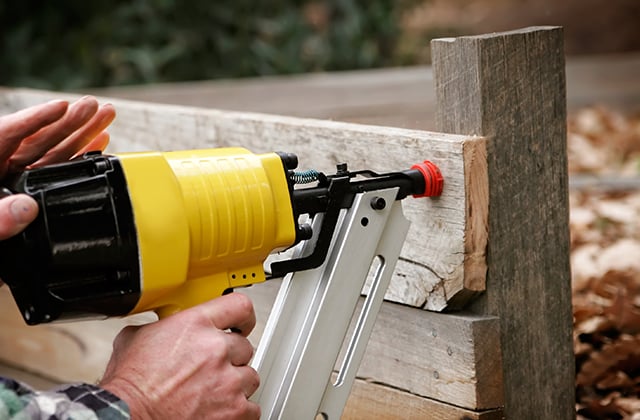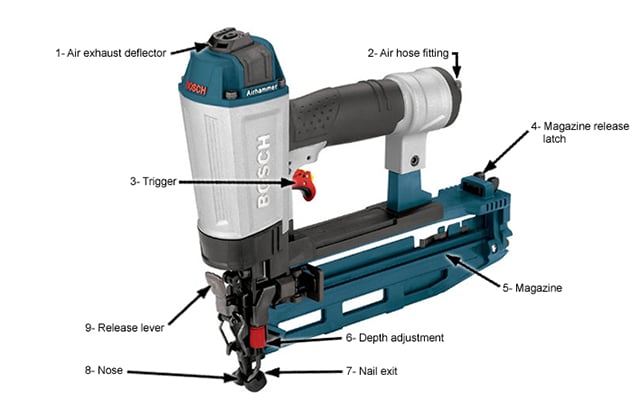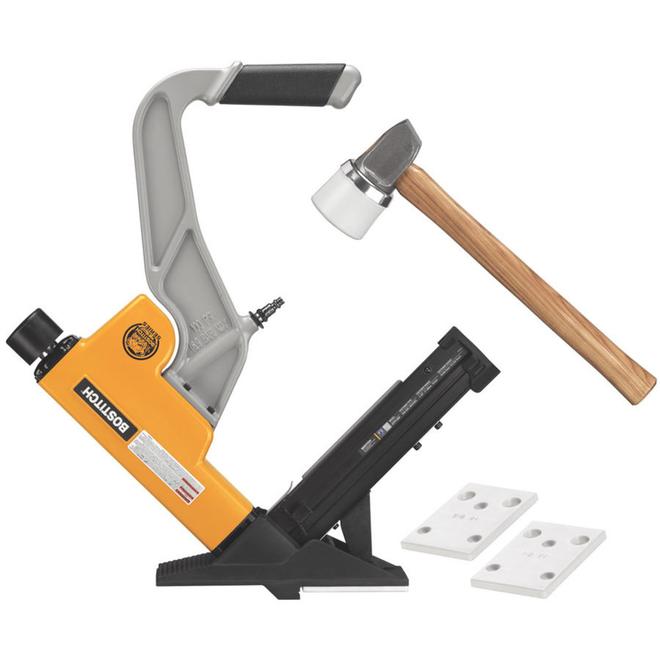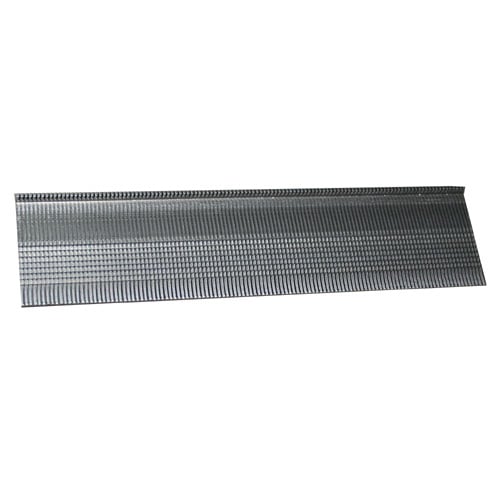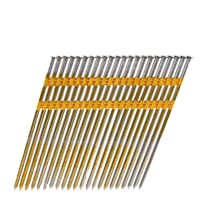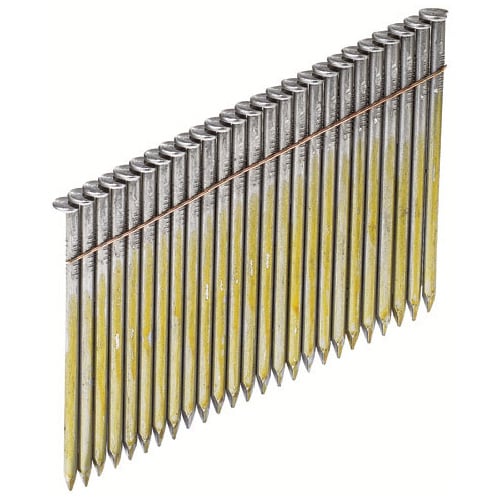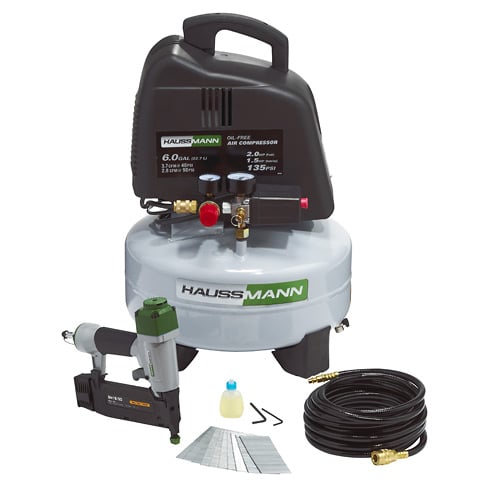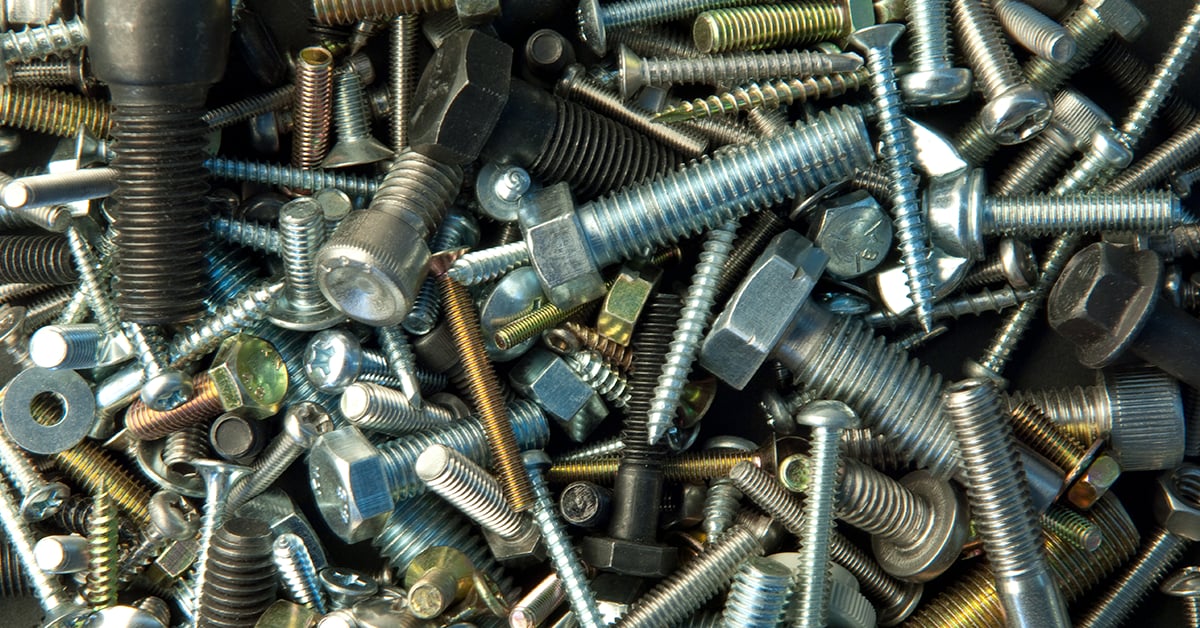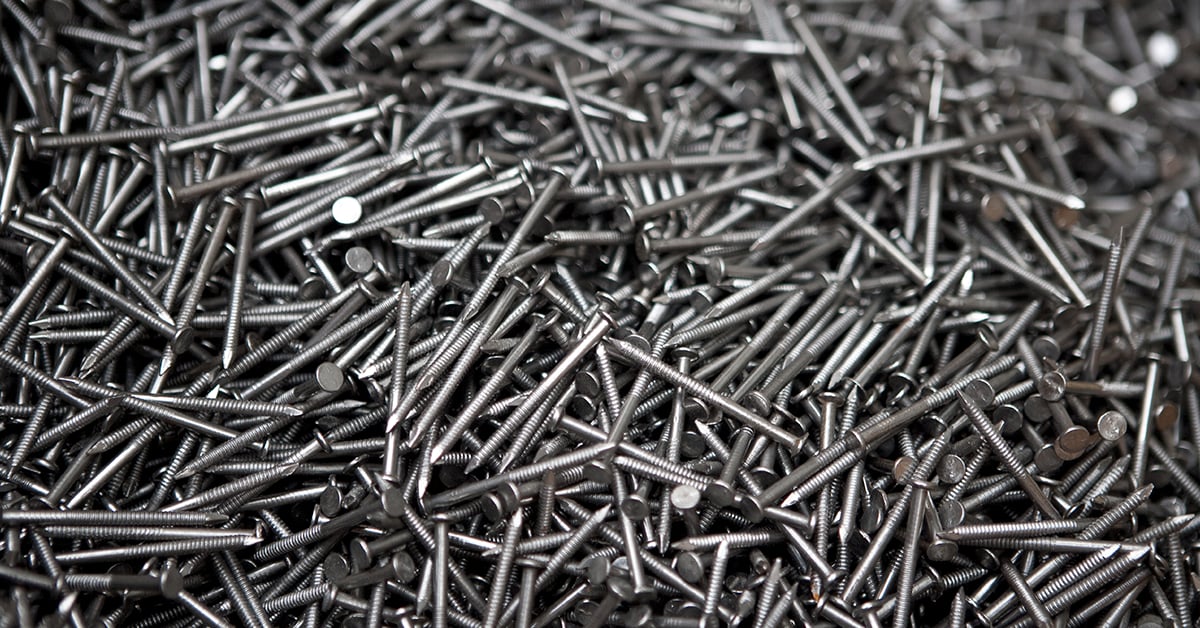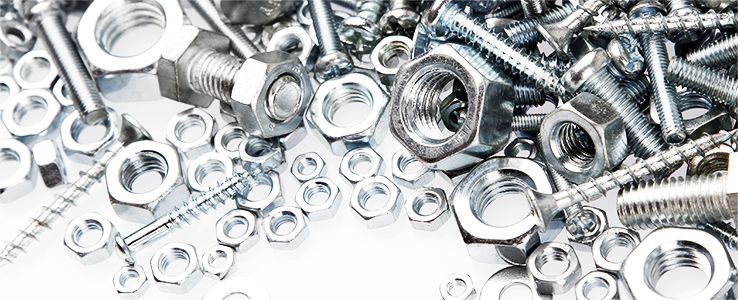Nailers and Staplers Mechanisms
Nail and staple guns are powered by compressed air, gas, electromagnetism or a spring to drive staples or nails.
The nails and staplers are loaded in strips or coils, for solid, high-speed fastening of materials.
These tools have one of two types of trigger mechanisms:
- Contact trip (or continuous firing) allows the user to “bump fire” the nails or staples by holding down the nose of the tool against the surface while pressing down on the trigger. This is an excellent feature for production-type work (such as shingling a roof). This "bump nailing" mechanism takes a bit of getting used to: the tool can easily drive two fasteners if the user is not quick enough to lift it. In addition, accidental contact can result in inadvertent nail discharge or ricochaet.
- Sequential trip (or intermittent) firing requires the user to first press the nose of the gun against the nailing surface and then pull the trigger. To drive a second nail, the user lifts the tool, releases the trigger, and then repeats the above sequence. This is the safer of the two mechanisms.
More and more nailers now come with both triggers, so the user can use the one most appropriate for the task at hand. Staple guns and nailers operate on the same principles of propulsion.
- However, some specialized tools, like an upholstery stapler, function just like a standard hand stapler: squeezing the trigger fires the staple.
A flooring stapler requires a mallet or hammer to strike the firing pad and drive the staple in.









